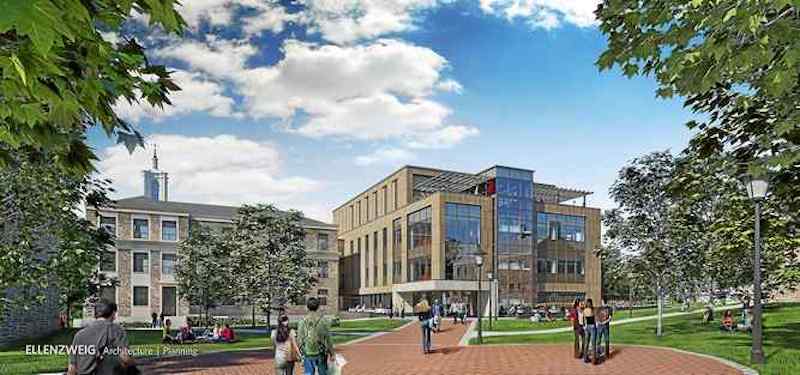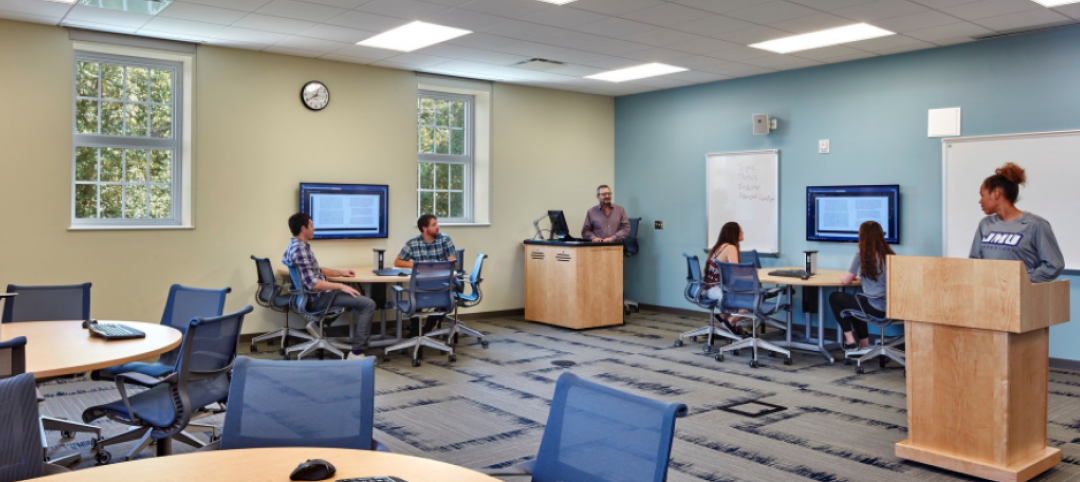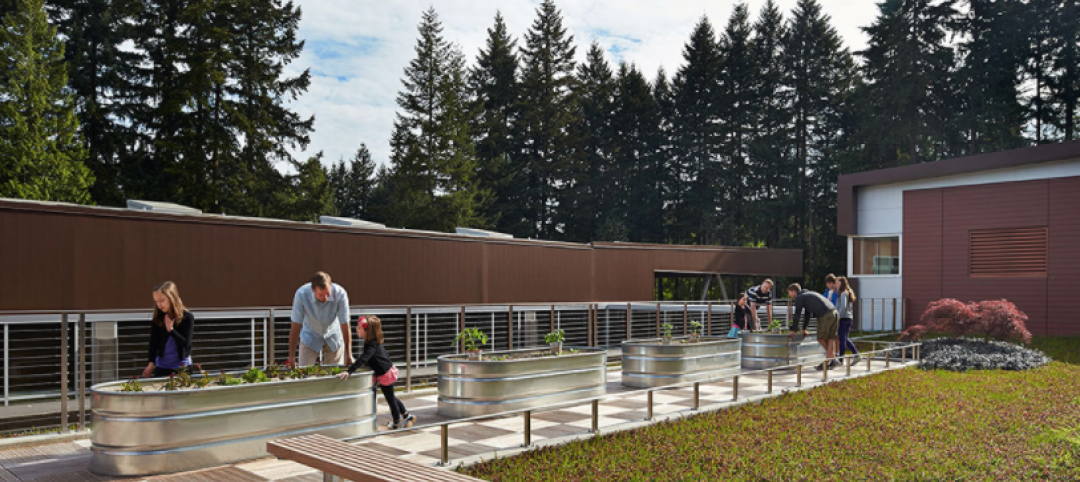More than half of the school districts and colleges responding to a recent survey expect to initiate construction projects in 2017, the majority of which will be major renovations or modernizations.
College Planning & Management, which conducted the survey for its annual “2017 Facilities and Construction Brief,” also found that few school districts or institutions are banking on more funds being made available for future construction projects.
The magazine bases its mostly optimistic projections partly on demographic data that project enrollment of 18 to 24 year olds by degree-granting postsecondary institutions to increase by 13% between 2013 and 2024. Enrollment of 25 to 34 year olds during that period is expected to grow by 17%, and by 10% for enrollees 35 or older.
The report notes that while the nation’s population grew last year by 0.7%, numerical gains were concentrated in 10 states, led by Texas (432,957), Florida (367,525), and California (256,077). Contrarily, eight states lost population: Connecticut, Illinois, Mississippi, New York, Pennsylvania, Vermont, West Virginia, and Wyoming.
“We know that the population of the U.S. is growing, and along with it enrollment of our K-12 schools,” the report states. “We know there is an ongoing deferred maintenance problem and a need to invest in the improvement of existing facilities. And we know that construction and renovation of educational facilities [are] finally on the rise.”
The Census Bureau estimates that spending on education construction (which includes museums and libraries) in 2016 increased by 6.5% to $88.9 billion, the most spent since 2009 and the largest year-over-year percentage gain since 2008.
Drilling down, the report takes a closer look at past and future construction for both K-12 and colleges.
Based on responses from 90 preK-12 school districts in 33 states, 44% neither completed any construction projects in 2016, nor had any completions planned for this year. Another 47% said they wouldn’t be starting any new products this year, either.
On the positive side, 39% completed major renovations or modernizations in 2016, 34% will start a major renovation or modernization this year, and another 20% expect to complete one of these projects in 2017.
Sixteen percent of the responding school districts completed an addition last year, 16% will start an addition this year, and 18% will complete an addition in 2017.
Eighteen percent of preK-12 districts completed a new or replacement building in 2016, 27% will start one this year, and 21% will complete such a project in 2017.
Based on responses from 73 colleges or universities operating in 36 states, 27% did no construction in 2016, 32% have no construction scheduled for completion this year, and 37% have no plans to start construction in 2016.
But nearly three in five of the respondents—59%— completed a renovation or modernization in 2016, 47% plan to start such a project this year, and 53% expect to complete one in 2017.
Nearly one in five—19%—completed an addition last year, 15% will start one this year, and 28% expect to complete an addition in 2017. More than a quarter of respondents—26%—completed a new or replacement building in 2016, 27% will start one in 2017, and 36% will start one this year.
Given the strength of this construction activity, uncertainties about financing cloud future projects. Thirty-six percent of school districts thought that fewer funds would be available to them, and nearly two-fifths—39%—thought available funding would be flat. Among the college/university respondents, 43% expected to have fewer funds at their disposal, and one-third thought their funding wouldn’t change.
Related Stories
K-12 Schools | Nov 5, 2018
Modernizing schools is paying off in creating better learning and teaching environments
A new paper reports on a recent study of nine schools in Washington DC that gauged occupants’ perceptions.
| May 24, 2018
Accelerate Live! talk: Security and the built environment: Insights from an embassy designer
In this 15-minute talk at BD+C’s Accelerate Live! conference (May 10, 2018, Chicago), embassy designer Tom Jacobs explores ways that provide the needed protection while keeping intact the representational and inspirational qualities of a design.
Education Facilities | Apr 11, 2018
Three tips for safe and secure schools
The task of providing safe and secure environments in which our children can learn is both complicated and far-reaching.
Multifamily Housing | Nov 28, 2017
Elementary school, daycare campus will serve Toronto’s skyrise neighborhood
The $65 million Canoe Landing Campus brings much needed social infrastructure to the 20,000 residents of Toronto’s CityPlace towers.
Higher Education | May 31, 2017
Space utilization in higher education: more than sf per student
There’s more to space utilization than how often a room is occupied. What happens inside an occupied room is just as important.
Sports and Recreational Facilities | Apr 5, 2017
Informed design: A dynamic approach to athletic facilities design
With the completion of the athletic facility upgrade—dubbed the Arden Project—students will have access to state-of-the-art facilities.
K-12 Schools | Mar 9, 2017
The future of education facilities: Creating spaces where learning happens everywhere
The art of designing schools lies not in just understanding what makes a functional classroom, but in how successful we are in creating a wide array of educational options for teachers and students within the school environment.
University Buildings | Mar 8, 2017
Massive mixed-use residential village on USC’s Los Angeles campus on schedule to open this fall
Prefabrication of the six buildings’ walls reduced construction time by a year.
Energy Efficiency | Dec 13, 2016
A Massachusetts college now features the largest zero-net-energy academic building in Northeast
Bristol Community College wants to be carbon neutral by 2050.
School Construction | Oct 23, 2016
As construction rebounds, education sector spending flattens
Post-recession slump suggests a settling in at a “normal” level similar to the mid aughts.















